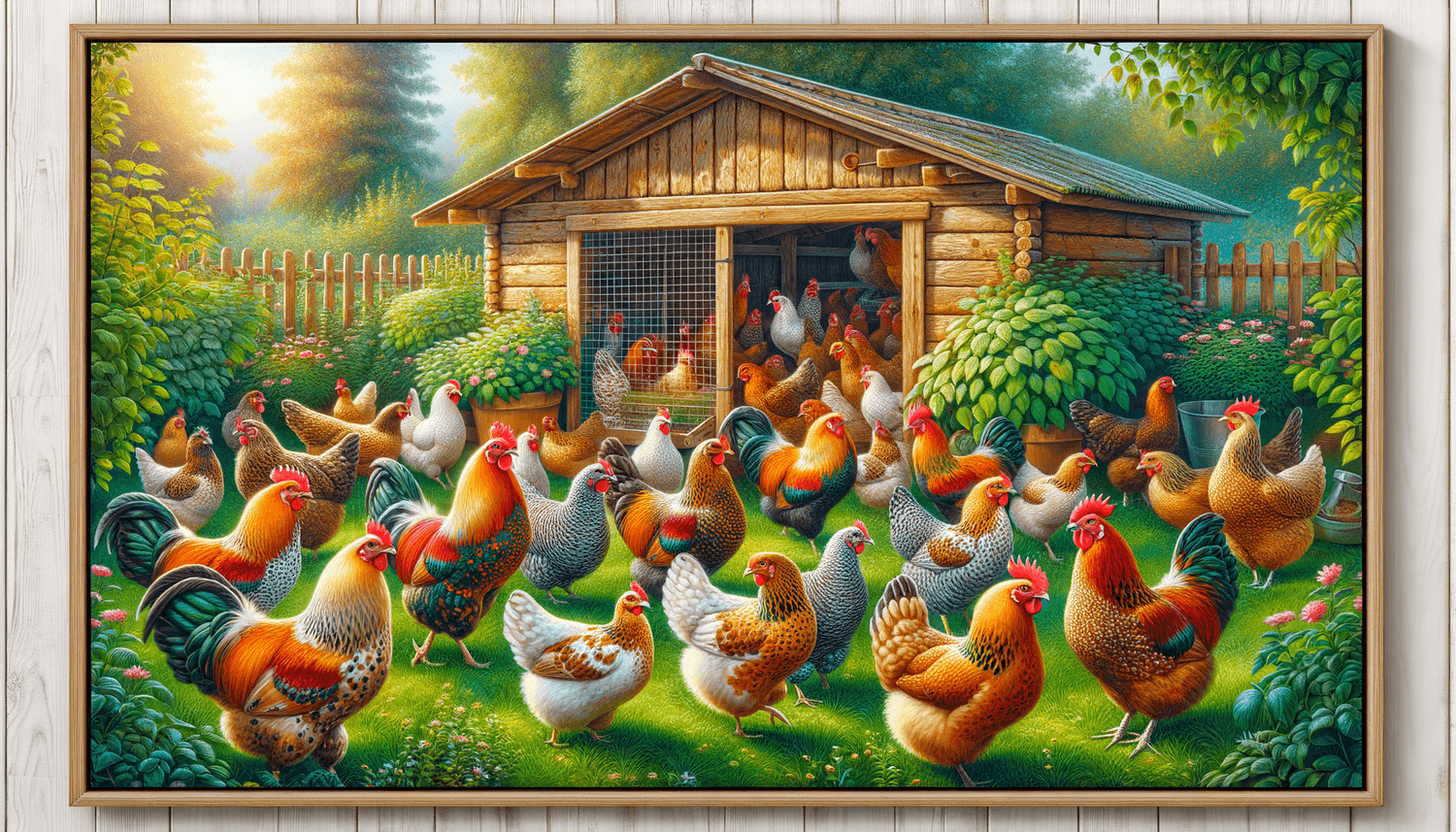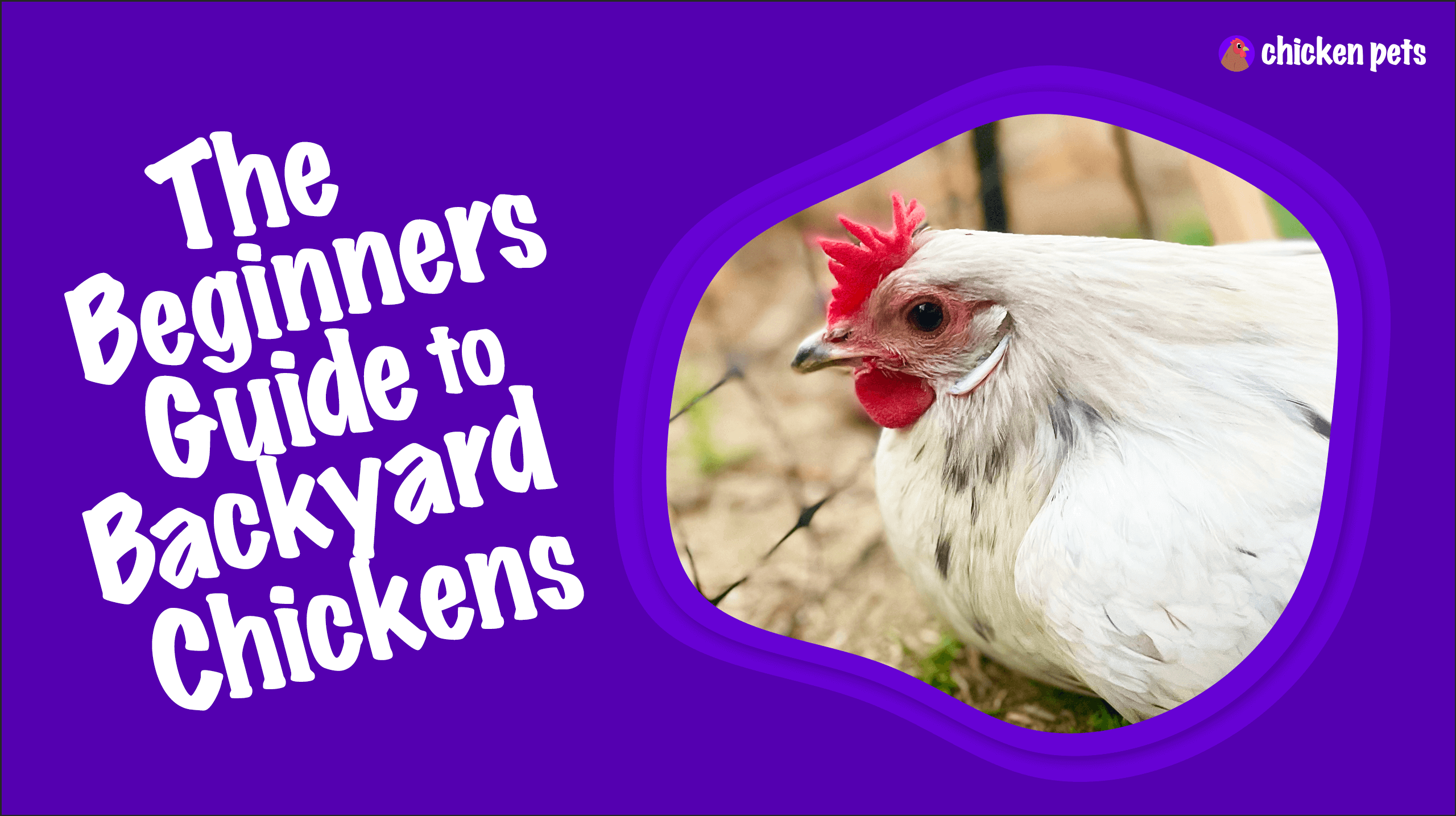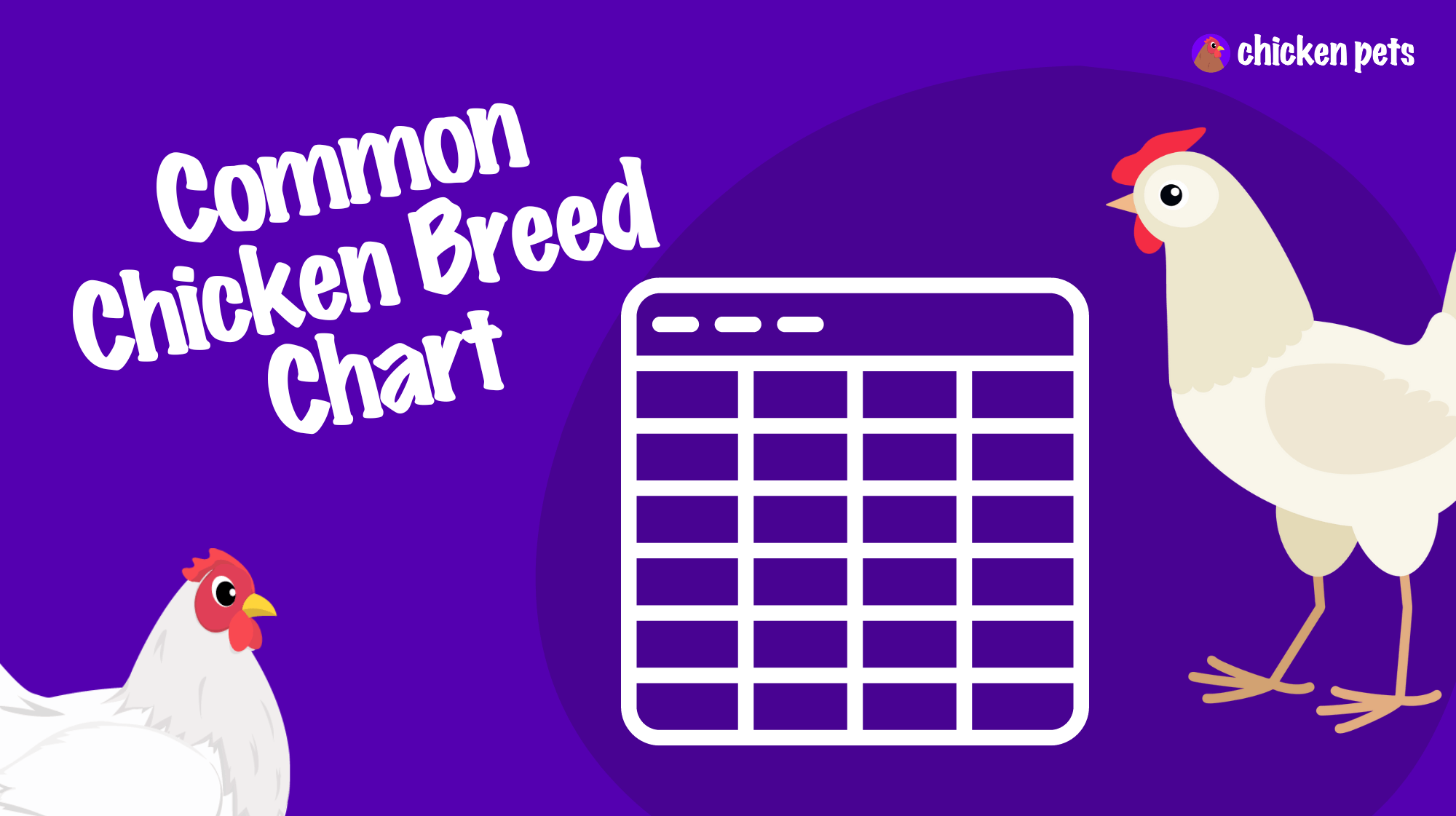Definition of Roosting Bars
Roosting Bars are horizontal perches installed in a poultry coop where chickens or other poultry birds rest during the night. These bars provide an elevated surface that enables birds to perch comfortably while they sleep, away from potential ground predators and debris. Ideally designed to accommodate the birds’ natural inclination to roost, proper roosting bars promote healthy flock behavior and contribute to a better poultry management system.
Importance of Roosting Bars for Backyard Chicken Owners
Roosting bars play a vital role in maintaining the well-being and comfort of chickens in backyard coops. By replicating a natural environment, these bars encourage healthy roosting behaviors, which are significant for several reasons:
1. Enhanced cleanliness and hygiene: Being elevated off the ground, roosting bars help prevent chickens from coming into contact with droppings, deterring the spread of diseases and parasites.
2. Safety and security: Chickens instinctively seek higher ground at night as a protection mechanism against potential predators. Roosting bars offer a safe haven for chickens to sleep and provide peace of mind for backyard chicken owners.
3. Conservation of body heat: Chickens often huddle together on roosting bars, utilizing their shared body heat to stay warm during cold nights. This communal behavior is particularly important for the overall health of the flock in colder climates.
4. Social hierarchy: Chickens have a pecking order, and providing roosting bars allows them to establish their social rank within the flock. The higher-ranking chickens will choose the most desirable roosting spots while lower-ranking chickens will occupy the remaining available spaces.
By understanding the importance of roosting bars, backyard chicken owners can better cater to the needs of their flock and establish an optimal living environment that fosters healthy and contented birds.
How Roosting Bars Work for Chickens and Poultry
Roosting bars are an essential component of a poultry coop, providing a designated space for chickens to perch and sleep. The design of roosting bars takes into account the natural behaviors and preferences of chickens to create a comfortable environment.
Chickens prefer to roost off the ground, which helps them feel secure from potential predators. Roosting bars should be positioned at varying heights within the coop, with the highest bars commonly placed 2 to 4 feet off the ground. This arrangement enables the flock to establish a pecking order, with higher-ranking chickens claiming the top spots and the lower-ranking ones settling on the lower bars.
Bar materials should be durable and safe, such as untreated wood or plastic, with a smooth surface to prevent injuries. They should also be thick enough for chickens to grip comfortably, typically with a diameter of 1.5 to 2 inches. These bars are often installed in parallel rows within the coop, with adequate space between each to allow for easy navigation, proper sanitation, and ventilation.
Through an appropriate setup of roosting bars, backyard chicken owners can encourage natural behaviors, maintain coop cleanliness, and minimize the risk of injury or stress within their flock.
Practical Application of Roosting Bars for Backyard Chicken Owners
Backyard chicken owners can use the knowledge gleaned about roosting bars to design and maintain an optimal living environment for their flock. By following certain guidelines, chicken enthusiasts can ensure that their coop provides a comfortable and safe roosting space.
1. Selecting appropriate materials: Choose durable, smooth-surfaced materials for your roosting bars, such as untreated wood or plastic. Avoid using metal, as it can become too cold during winter months, causing discomfort for your chickens.
2. Ensuring adequate size: When designing your roosting bars, use a diameter of 1.5 to 2 inches to facilitate comfortable gripping for your chickens. Consider the size of your flock and ensure that you provide at least 8 to 10 inches of space per bird on the bars.
3. Varying heights: Install roosting bars at different heights within your coop, with the highest bars typically positioned 2 to 4 feet off the ground. This arrangement satisfies chickens’ innate desire for higher perches while helping to establish a pecking order.
4. Spacing: When placing your roosting bars in parallel rows, ensure adequate space between each row (at least 12 to 15 inches) so that the birds can navigate easily without obstructing each other or spreading diseases.
5. Maintenance and hygiene: Routinely inspect the roosting bars for cleanliness and any signs of wear or damage. Clean them regularly to ensure a healthy, bug-free environment for your flock.
With these practical applications in mind, backyard chicken owners can create a comfortable and functional living space that supports the health, safety, and well-being of their chickens.
Tips & Recommendations for Roosting Bars in Chicken Care
Ensuring the effective use and maintenance of roosting bars can significantly enhance the well-being of your backyard chickens. To optimize chicken care, consider the following tips and recommendations:
- Easy Access: Consider designing a chicken coop with adequate space for your flock on the ground level, as well as on the roosting bars, so that they can easily move around and access the bars without difficulty.
- Sandpaper or Rounded Edges: To prevent injuries and promote comfort, ensure that there are no sharp edges on your roosting bars. Sand down any rough spots or choose bars with rounded edges.
- Use Nest Boxes: To discourage your chickens from laying eggs on the roosting bars or sleeping in the nest boxes, clearly separate the two areas. Provide a sufficient number of nest boxes and make them accessible during the day while keeping them darker and less appealing at night.
- Provide Ladders or Ramps: Chickens may need help accessing higher roosting bars, especially younger or smaller birds. Install ladders or ramps to make it easier for them to reach the preferred roosting heights.
- Keep it Warm: In colder climates, consider insulating the coop and utilizing materials like wooden roosting bars to maintain warmth. Avoid using metal, which can become too cold and cause discomfort or frostbite.
- Continual Observation: Keep an eye on your flock’s behavior and make adjustments as needed. Redistribute birds if you notice overcrowding, add more roosting space, or correct any coop design elements that might cause issues for your chickens.
By adopting these tips and recommendations, backyard chicken enthusiasts can provide the best possible environment and care for their flock, ensuring a healthy and happy roosting experience for their birds.
Additional Information on Roosting Bars
To maximize the benefits of incorporating roosting bars into your backyard chicken coop, it’s essential to consider these additional insights and pieces of information for an optimal setup and care:
- Avoid Intruders: Birds such as sparrows or pigeons sometimes attempt to make their homes in cozy chicken coops. These intruders can spread disease and disturb your flock’s pecking order. Regularly check your roosting bars for unexpected occupants, and make efforts to prevent unauthorized entry.
- Material Texture: The texture of your roosting bars can help with the grip and overall comfort for your birds. Avoid polished or slippery materials, such as PVC pipes, as they can make it difficult for your chickens to stabilize themselves.
- Roosting Bar Depth: Consider using wider roosting bars, typically 3 to 4 inches wide, especially for heavier breeds, as it helps distribute their weight evenly and can offer better roosting stability. It also allows the chicken to cover their feet with their feathers during cold nights, preventing frostbite.
- Adequate Ventilation: Ammonia vapors from chicken droppings can irritate a bird’s respiratory system. Position your roosting bars in well-ventilated areas to provide a healthy sleeping environment for your chickens.
- Perch Swapping: Periodically swapping the positions of the perches in the coop can provide some variation for your chickens, helping to maintain their interest and potentially reducing stress within the flock.
Attending to these additional factors when installing and maintaining roosting bars will contribute to the optimal living conditions for your backyard chickens, creating an environment where they can thrive.
Frequently Asked Questions about Roosting Bars
Roosting bars are an essential element of a well-designed chicken coop, and backyard chicken owners may have several questions regarding their use and maintenance. The following frequently asked questions provide clear, straightforward answers:
1. What is the ideal diameter for roosting bars?
The ideal diameter for roosting bars should be between 1.5 to 2 inches, providing optimal support and grip for the chickens while perching and keeping them comfortable during their rest.
2. How much space should be allocated per chicken on a roosting bar?
Each chicken should be allocated at least 8 to 10 inches of space on a roosting bar to ensure their comfort and avoid overcrowding, which can lead to stress and health issues in the flock.
3. What materials should be used for roosting bars?
Materials like untreated wood or plastic are excellent for roosting bars, as they offer durability and a comfortable grip for the chickens. Avoid using metal bars, as they can become too cold and cause discomfort or frostbite during winter months.
4. What is the appropriate height for roosting bars?
Roosting bars should be installed at varying heights within the coop, with the highest bars typically positioned 2 to 4 feet off the ground. This allows for the establishment of a pecking order and enables chickens to choose their preferred roosting heights.
5. How often should I clean the roosting bars?
It’s essential to maintain a clean and sanitary chicken coop for your flock’s health. Inspect and clean roosting bars regularly, especially if you notice excessive buildup of droppings or other debris, to ensure a hygienic roosting environment.
6. How can I prevent other birds from occupying my chickens’ roosting bars?
Regularly monitor your coop for unexpected occupants, such as sparrows or pigeons. Implement measures to secure your coop and prevent unauthorized access by installing bird netting, sealing gaps, or using bird repellents when necessary.
7. Are there any specific design features to consider when constructing roosting bars?
Ensure that the bars have no sharp edges or rough surfaces to prevent injuries, and consider providing ladders or ramps for easier accessibility to higher bars. Choose materials with good grip and stability and space the bars adequately to allow for easy navigation and proper ventilation.










